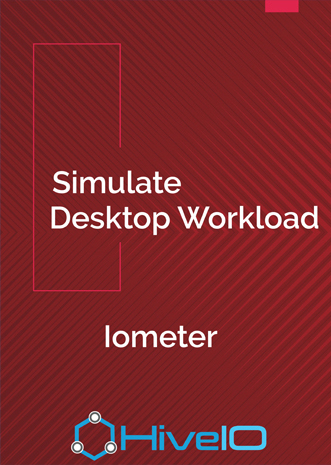How to Use Iometer to Simulate a Desktop Workload
by: Jim Moyle
To deliver VDI Performance it is key to understand I/O performance when creating your VDI architecture. Iometer is treated as the industry standard tool when you want to test load upon a storage subsystem. While there are many tools available, Iometer’s balance between usability and function sets it out. However, Iometer has its quirks and this blog entry will attempt to show exactly how you should use Iometer to get the best results, especially when testing for VDI environments. Wew will also show you how to stop people using Iometer to fool you.
As Iometer requires almost no infrastructure, you can use it to very quickly determine the storage subsystem performance. In steady state a desktop (VDI or RDS) I/O profile will be approximately 80/20 write/read, 80/20 random/sequential and the block size of the reads and writes will be in 4k blocks. The block size in a real windows workload does vary between 512B and 1MB, but the vast majority will be at 4K, as Iometer does not allow a mixed block size during testing we will use a constant 4K.
That said, while Iometer is great for analysing storage subsystem performance,if you need to simulate a real world workload for your VDI environment I would recommend using tools from the likes of Login VSI or DeNamik.

